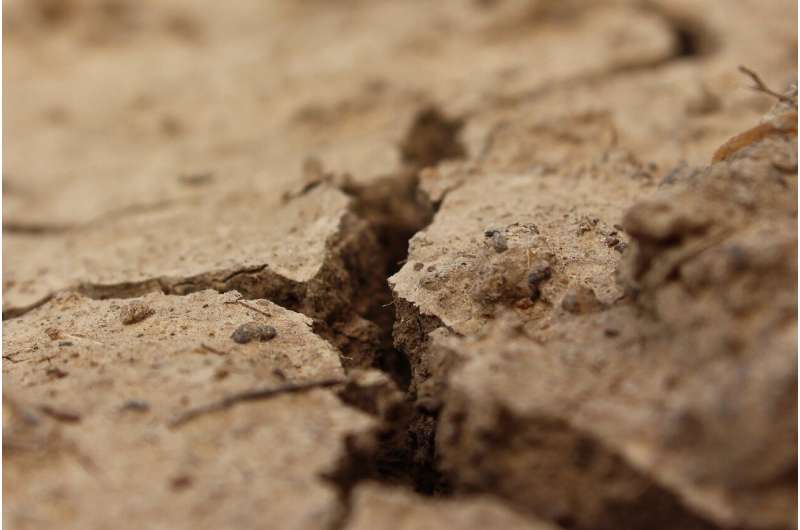Credit: CC0 Public Domain
A team of researchers from the U.S. Environmental Protection Agency and the New Jersey Department of Environmental Protection has found evidence of chloroperfluoropolyether carboxylates (ClPFPECAs) in New Jersey soils. In their paper published in the journal Science, the group describes their efforts to test for PFAS replacements and to identify the compounds they have found. Steve Gold and Wendy Wagner with Rutgers Law School have published a Policy Forum piece in the same journal issue outlining the history of PFAS use, its discontinuance, and the work by the team in New Jersey.
Per- and polyfluoroalkyl substances (PFAS) comprise a family of chemicals that have a carbon and fluorine atom backbone—they have historically been used in consumer goods such as plastics, carpet and rubber. They have also been found to persist for such a long time in the soil that they are referred to as "forever chemicals." Over the past several years, environmental agencies in a multitude of countries have banned the use of PFAS due to health problems in people living near plants that use them. In response, companies such as Solvay Specialty Polymers USA began developing replacements for PFAS. Those replacements, now known collectively as ClPFPECAs are now under scrutiny by the EPA and other environmental organizations due to possible health problems in people living near plants that use them.
The work involved collecting soil samples surrounding a South Jersey Solvay facility located in West Deptford and analyzing them. They found evidence of ClPFPECAs in every sample they collected, with concentrations increasing closest to the Solvay facility. The researchers note that it is currently not known if the compounds are toxic to humans because they are proprietary products, which means the companies that make them do not have to reveal their nature. The researchers collected soil samples from across the state and found evidence of 10 kinds of ClPFPECAs, some from as far away as 450 kilometers from the Solvay facility. Such distances, the researchers note, suggest that the compounds are being carried by the wind. They suggest more work is required to determine whether the newly developed compounds are toxic, and if so, if they are harming people near plants that are using them.
More information: John W. Washington et al. Nontargeted mass-spectral detection of chloroperfluoropolyether carboxylates in New Jersey soils, Science (2020). DOI: 10.1126/science.aba7127
Steve C. Gold et al. Filling gaps in science exposes gaps in chemical regulation, Science (2020). DOI: 10.1126/science.abc1250
Journal information: Science
© 2020 Science X Network























